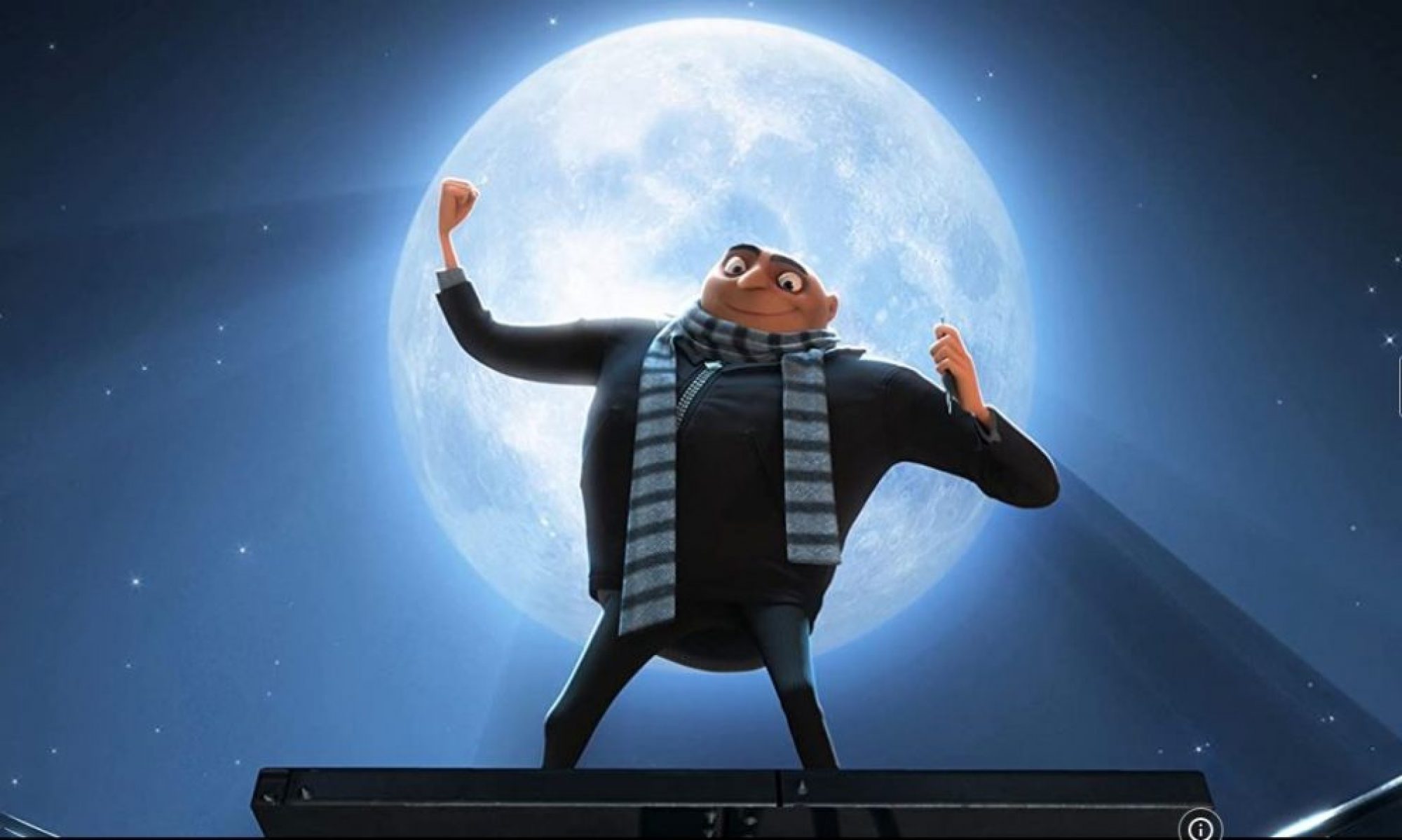This weeks’ session the task was to continue destroying the building from the previous session, with the meteor animation Mehdi prepared for us. I had a few issues on this task and keep having them, each time I fix the problem with Mehdi on a 1 to 1 and I face another issue not much time after. Houdini is complex and these sessions are great to have a better idea of it, it needs solving every time.
We began by assigning active points and static points, as the active points would be the ones affected by the destruction and the static would be the ones who stay in its’ place. For this we created a simple geo of 5 spheres and used a motion trail node to see preciselly the path of the meteor, group it and with an assemble node create the packed geometry.

The for each nodes are used to run a number of loops inside a simulation and the time it takes to complete this operation depends also of how many cores your cpu has available, not all nodes are able to run in this method but the ones that are can be fastened by this process.
After running the compile block with the for each nodes we got some artifacts, to solve this we set up an expression to change the method on which the operation is being run, for this we create a switch node and write an expression on it.

When we are happy with the setup and there are no more artifacts we create a file cache node and save it as part01, this is also a way to make the simulation run faster as it is now running from disk and not calculating all the nodes again. We repeat this file cache process for the concrete nodes – facture of the building we did in the previous session, save it as part02.
For the glass setup, we create a for each block and copy the group made for the factured pieces, this way we know what glass we need to break, add an rbd material facture and run the compile block. We had some artifacts, and I had to set another metting with mehdi to solve this as I was having more issues than mehdi in the tutorial. We fixed it, the problem was that some glasses were duplicated and the facture was creating artifacts. After this was solved and we were happy with the result, we repeat the file cache node process and save it as part03. The same is done as part 04 and part 05 for the bricks and aircon.
Finally we create a null, a vdbfrompolygons and a scatter and a voronoifracture node and the static points cache is also created, saved as part01_static. This is how the complete setup nodes look like:

When this process is complete we merge all the geo we just setup, create packed geo and an rdbbulletsolver node, that will be used later, first we need to create another for each and compile block nodes with a polyreduce node and a switch with an expression to make the simulation faster. Both these geo need an assemble node to be made in to packed geo and we can run the simulation. The result is that the whole building just destroys itself as all we’ve been doing is destroying it.
Next, we will copy the active group set up and set another expression with the attribute wrangle node and we run the simulation. This is how it looks like:
To create an explosion and some drebi projected on to the air we can use the pyro trail path nodes which will create a small animation for the debri to fall and all this can be adjusted on the parameter window.

This will need to be placed on the right place and the right frame, in this case we set this trail path to 6 frames and got another one on the end of the building, where the meteor comes out. This is the result of the first debri explosion without the fire simulation:
This is how the geo RBD SETUP nodes looked like in the end:

